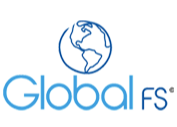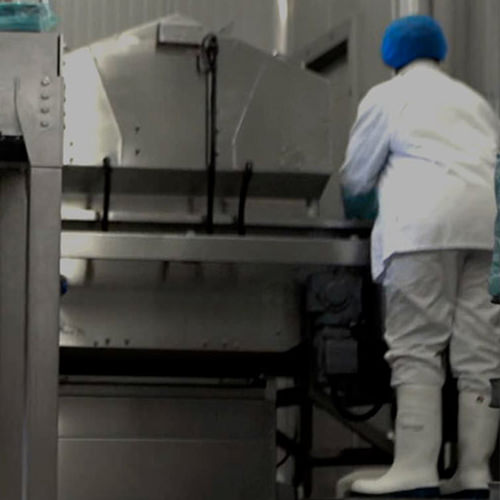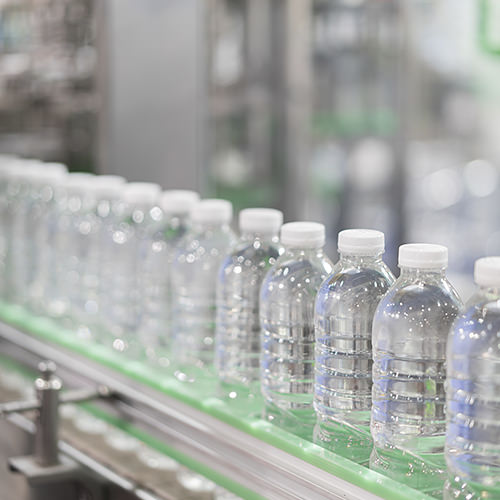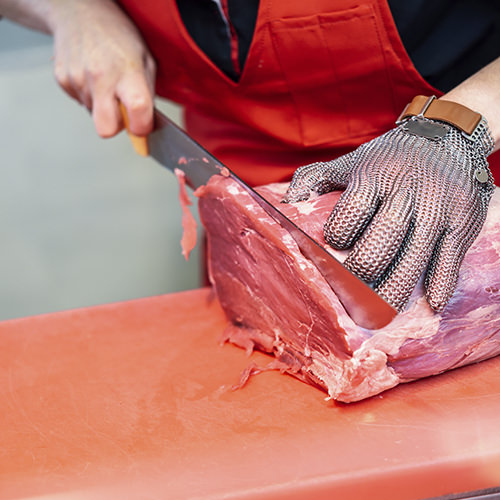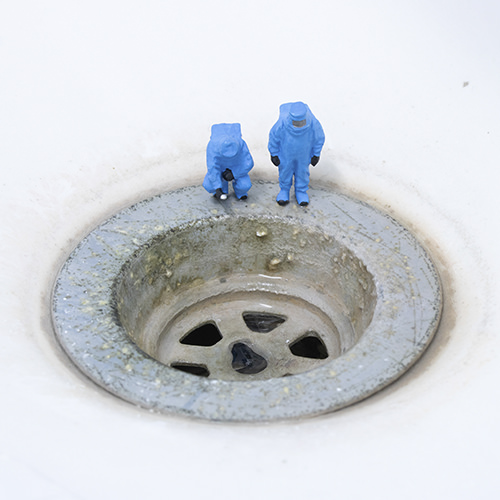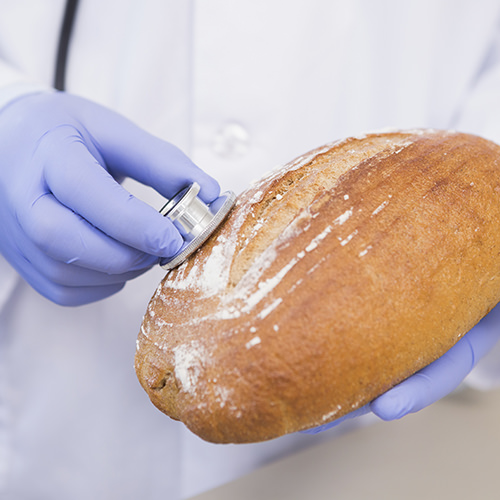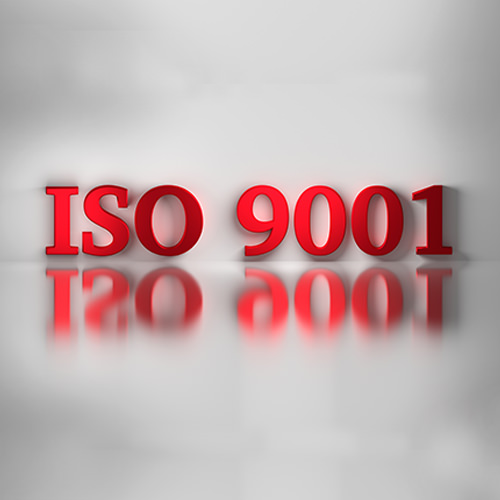Objective
Learn to develop an effective program for the management of allergenic ingredients in the food industry based on the requirements of FDA and FSSC 22200 or their compliance within a Food Safety Plan or HACCP. Raise awareness of factory employees for proper handling and model best practices used in the production floor.
Agenda
-Introduction
-Allergies, hypersensitivity
-Allergenic Foods
-Allergenic Foods as a Danger for Food Safety
-Major allergens
-Research and Development – Responsibilities
-Management as a new ingredient
-Additional requirements of FSSC 22000
-Supplier – Responsibilities
-Quality Assurance and Safety – Responsibilities
-Best practices in plants in the USA and Europe
-Health – Roles
-Considerations on the type of cleaning
-Plant Health Team – Responsibilities
-Monitoring
-Check
-Validation
-The objective? Avoid cross contact
-Best practices in plants in the USA and Europe
-Live cleaning validation
-Allergen Labeling
-The Food Allergen and Consumer Protection Labeling Act of 2004 – FOOD ALLERGEN LABELING AND CONSUMER PROTECTION ACT (FALCPA)
-The participant receives a diploma for their full attendance to the session and / or certificate after exam approval
-Proof of work skills DC-3 (STPS)
8 hours
Day 1: 9:00 am - 6:00 pm
Day 2: 9:00 am - 6:00 pm
* Consult place and date of availability



